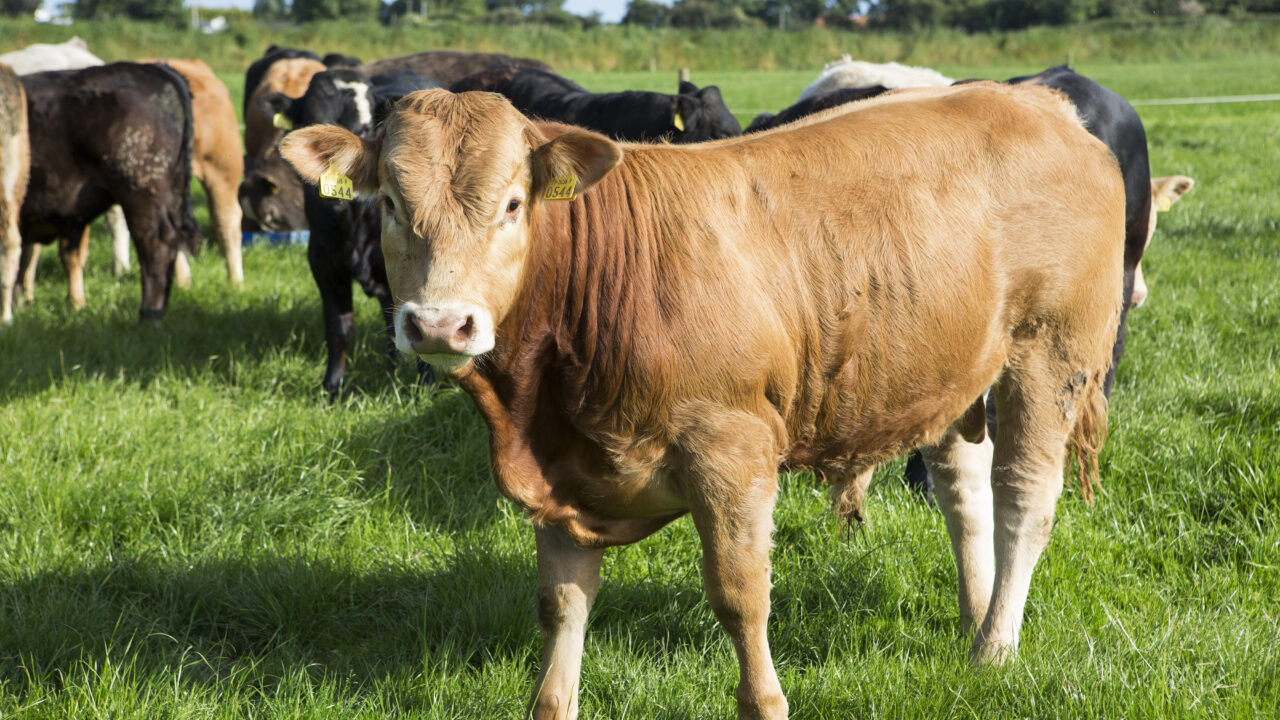This week’s report from Rabobank is a damning indictment of the ways by which EU supermarkets are managing to manipulate European beef prices in their own favour.
According to the highly respected Dutch-based agri finance organisation, livestock prices are set to strengthen in every region of the world over the coming months, except North West Europe. And the reason given by the authors of the aforementioned report for this more than unwelcome trend is the fast evolving purchasing strategies implemented by the multiples over the past year. They cite the retail specification changes requiring younger animals and the continuing drive by the supermarkets to offer food at cheaper prices as key examples of this policy.
Last week, Europe’s new Farm Commissioner in waiting Phil Hogan said that he was of a mind to introduce legislation to tackle the buying power of Europe’s multiple retailers. As far as I am concerned this could not come quickly enough. Time after time, over recent months, the supermarkets have used their tremendous influence to disadvantage primary producers. The overnight introduction of the reduced age requirement and the amended bull beef specifications back in January are perfect examples of this behavioural pattern.
Last month Dawn Meats’ CEO Niall Browne gave a very combative performance when speaking at the ASA conference, making it clear that his company had very clear and effective lines of communication with all its primary producers. And when asked by me if he had ever baulked at any of the specification changes demanded by a supermarket, his immediate response was no – based on the assertion that all of the requests made by his customers made common sense – in his opinion!
I found it odd at the time that a processor would acquiesce to demands by retailers on matters, such as animal welfare, which they have no legal authority to pontificate on. The residency requirement is a case in point. It was introduced by the supermarkets, ostensibly, on welfare grounds. However, there are more than enough vets stationed in lairages around the country to determine whether or not a beast is fit for slaughter on arrival at a meat plant. Add in the welfare criteria built into the Bord Bía quality assurance schemes and, again, one is left wondering why the residency issue was flagged up at all by the supermarkets.
But that’s enough history for one article. What we do know – as of this week –is that the amended buying practices of the EU supermarkets are serving to reduce both the retail and producer price of beef. Personally, I am all for change. And so, no doubt, are most farmers – provided that it puts a bit more money in their pockets. I wonder: does Niall Browne hold a similar point of view?
The overarching principle that seems to be operating at retailer and processer level when it comes to dealing with farmers is: ‘live horse and you will eat grass’. And it’s just not good enough, particularly when set against the inexorable input cost hikes at primary producer level. Irish beef farmers need sustainable prices now – not next month, or next year.
